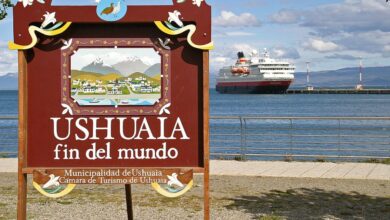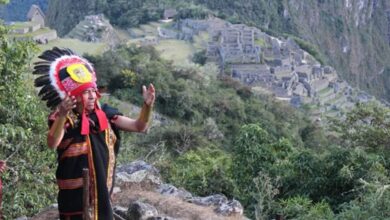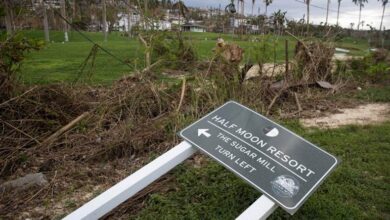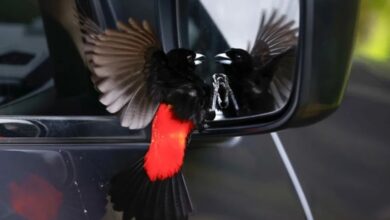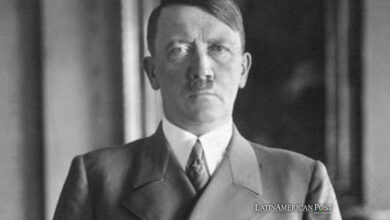Paraguay Celebrates Racing Glory And Rallies Global Attention
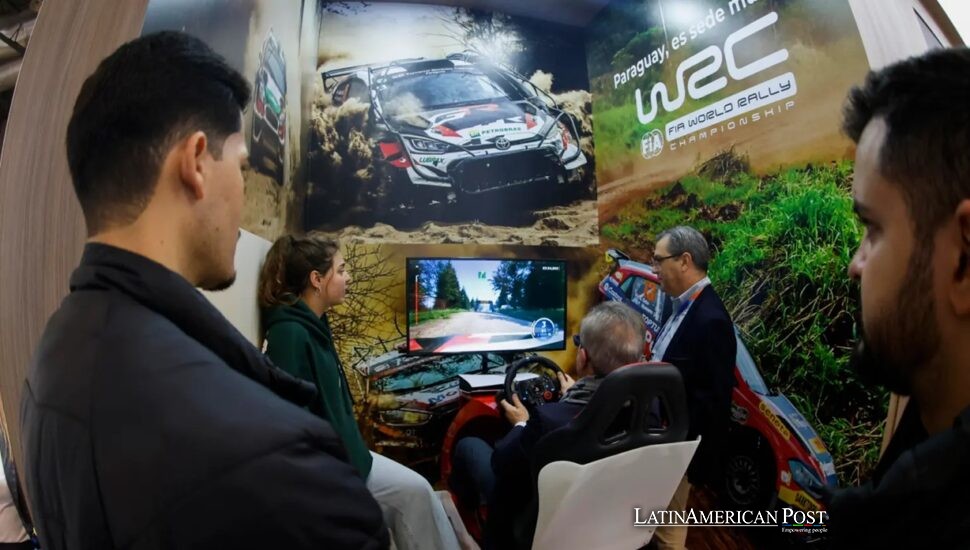
Paraguay will host a milestone rally event in August that promises an economic windfall. Organizers predict tens of thousands of visitors, a massive global spotlight, and upwards of eighty million dollars in benefits for the nation’s evolving motorsports scene.
A Celebration of Speed In Paraguay
Paraguay is preparing for a grand spectacle this August when it will host the tenth stage of the World Rally Championship (WRC). This highly anticipated event, marking Paraguay’s debut in the global series, could generate revenues estimated between 50 and 80 million dollars for the South American country, according to César Marsal, executive director of Rally de Paraguay. From August 28 to August 31, thousands of motorsports fans will head to the region of Itapúa—nicknamed “the pearl of the south”—to witness top international drivers tackle scenic but demanding routes featuring a variety of surfaces and landscapes.
Itapúa, bordering Argentina, forms a natural hub for cross-border exchanges. Organizers expect between 250,000 and 300,000 people to converge on the area, many entering through the border crossing that links Encarnación with Posadas in Argentina. The foot traffic at this crossing is predicted to swell from 10,000 daily travelers to 25,000, reflecting the rally’s potent draw. Local businesses – from hotels to restaurants – prepare for a sales increase as they await motorsports fans who seek cultural experiences, local food, and the warmhearted welcome that marks Paraguayan culture.
The event needs complex logistics to succeed. A team of 2,000 workers from Paraguay and abroad forms the core group, which handles roads, media work, safety plans, and guest services. The championship draws more than 1,000 people, including drivers, navigators, teams, and reporters. Satellite trucks, cameras, or production gear line Itapúa’s roads to broadcast the rally to about 800 million people worldwide. Paraguay, a rising force in motorsports, sees this event as a chance to display its racing skills next to its appeal to tourists.
Though soccer remains Paraguay’s most beloved sport, the rally has steadily grown in importance, forging a passionate fan base. Veteran enthusiasts fondly recall 40 years of national and South American competitions hosted on Itapúa’s red-dirt roads, where local and visiting drivers tested their mettle against rugged terrain. With the world’s top rally teams set to visit, the stakes reach new heights. Detailed planning has gone into preparing roads that blend hilly expanses, rock-laced tracks, and soils ranging from hard-packed to powdery surfaces, giving teams a significant challenge in calibrating tire choices, suspension setups, and ride heights.
Encompassing a large portion of the southern Paraneña region, Itapúa stands out for its varied topography. Rolling uplands mingle with flatter farmlands, forming a mosaic that lures rally aficionados. For many participants, racing here is a fresh experience: abrupt transitions from firm gravel to looser dirt demand lightning-fast adjustments. At speed, the slightest misstep can ruin a driver’s day. The observers predict racers will test their skill limits through sharp turns that tall grass conceals or steep slopes that demand control. A blend of area expertise and current equipment tips the odds in favor of teams who planned well.
Itapúa’s Tourism Boom
While motorsports define the official reason behind the August congregation, a broader tourism narrative is unfolding. For the casual traveler, Itapúa’s attractions extend beyond the rally. Located a few hundred kilometers south of Asunción, the region is famed for its rich Guaraní heritage, Jesuit mission ruins, and vibrant city of Encarnación.
Historically, the scenic banks of the Paraná River draw families each summer. Now, organizers see the WRC as a launching pad to transform the region into a year-round hotbed for large-scale sporting events.
Encarnación has long been called “the pearl of the south” by Paraguayans. Many head there for beaches, breezy boardwalks, or sizzling nightlife. With rally visitors flooding in, local officials and business owners anticipate a frenzy of bookings in hotels and rental apartments, plus spikes in restaurant and bar revenue. Malls, craft shops, and cultural centers expect an influx of foreign visitors eager to pick up souvenirs, sample local pastries, and attend folkloric performances. The synergy between rally fans and leisure tourism could uplift the economy at a scale seldom seen in Itapúa’s history.
Alejandra Duarte, vice minister of communications at the Ministry of Information and Communication Technologies (Mitic), highlights the moment as an “unprecedented opportunity” to show the world that Encarnación can host major international gatherings. She underscores that while soccer looms large in the national psyche, rally ranks Paraguay’s second most important sport. She wants visitors to discover more than just scenic roads and speed. Her department supports efforts to amplify the region’s unique “red earth,” its gastronomic offerings, and the famed warmth of Paraguayan culture.
In parallel, Paraguay hopes to shed any misconceptions that it’s purely a soccer-obsessed country. Indeed, local clubs can fill stadiums and unify fans across class lines. But rally events have grown equally electrifying, with entire families traveling hours to cheer on their favorite teams or watch the dust clouds kicked up by daredevil drivers. The memory from prior rallies stays fresh: fans remember races with mud where bold cars moved across wet holes or thundered through farm paths while people held cameras. Past events affect today’s push to gain wider notice.
The event planners point to other gains. A major WRC round makes Paraguay a sports location that attracts more contests like triathlons or marathons and water sports in Paraná. Each success with good planning and excited crowds adds to the nation’s results. Itapúa shows other regions how local tools, in addition to smart promotions, draw tourists who seek adventure. The ultimate hope is to ensure that when foreigners think “motorsports in South America,” they envision Paraguay’s dynamic roads as much as they do Argentina’s or Chile’s.
Major Economic Gains
Projections estimate 50 to 80 million dollars of economic impact from the rally, a range that underscores the event’s scale and the complexities of precise forecasting. Tourism receipts typically form the bulk of direct gains—everything from hotel bookings and restaurant sales to souvenirs. But the multiplier effect extends further. Transportation providers will see surges in bus or taxi rides, and gas stations in the area can expect lines of rally fans topping off tanks. Local phone service providers or retailers benefit if visitors sign up for short-term data plans or purchase rally memorabilia.
A robust chunk of the windfall might spill over into neighboring regions in Argentina, particularly Posadas, located just across the river from Encarnación. Thousands of additional day-trippers or extended-stay visitors might cross from Argentina to watch the rally or immerse themselves in the celebratory atmosphere. This cross-border synergy fosters a binational festival vibe, though Paraguay aims to keep a dominant share of the earnings, as local officials highlight national pride in hosting the WRC.
At the same time, the challenge of infrastructure strains must be acknowledged. With 20,000 to 25,000 extra travelers crossing the Encarnación-Posadas checkpoint daily, doubling the usual flow, roads and customs facilities could become congested. Ensuring smooth movement and minimal wait times requires close coordination between border agencies. Officials study ways to add staff or lanes and test faster entry rules for rally guests and VIPs. The primary purpose is to give fans a smooth entry process instead of long wait times.
A bonus comes from the rally’s TV coverage. The broadcasts to millions will show more than race cars – they present farm fields, hills, and local people who make Paraguay unique. For marketers, the potential exposure is enormous. Scenes of stylish rally cars drifting on red earth roads might inspire a wave of foreign adventure travelers. Combining online discussions, social media videos, and news articles helps form public perceptions. After the events conclude, fans remember each thrilling race moment and hold these memories close, which leads them to plan visits with friends to the area.
Local leaders note how small business owners benefit from these events. Vendors at race locations double or triple their sales of crafts and drinks. Tour guides present hidden waterfalls and old Jesuit mission ruins to spectators, who often become customers. A natural link between sports enthusiasm and tourism helps extend financial benefits after the race ends. The success depends on small businesses and local farmers who take part in these gains.
The Road Ahead For Paraguayan Motorsports
At its core, the WRC event is a significant milestone for Paraguay and a path forward. The country has built a dedicated rally culture across decades and has hosted various national or continental championships. Local drivers from different eras have tested their skills on dusty paths, which creates deep connections with spectators. These fans set up grills next to their thermoses filled with tereré (a local beverage) as they wait for the race cars to speed past with thunderous sounds. The global event sets an all-new bar, elevating the demands on safety measures, crowd control, data coverage, and technological precision.
The scale of the crowd alone—potentially over 250,000—poses a real test for public safety forces, paramedics, and volunteers. With vantage points scattered across rural roads, the risk of spectators crowding too close to passing cars or choosing dangerous vantage points exists. Marshals will be on high alert, marking off-limit zones and guiding onlookers to safer hillside angles. Aerial drone footage is a tool to record from above and manage emergencies when needed.
The participants value the experience of driving through different terrains in one route—a special feature of Paraguay. Areas with stones need harder suspensions, while soil sections require softer settings. Parts of the track cross ridges where dust mixes with small rocks. Drivers must adjust quickly to these surface changes to gain an advantage. Local spectators feel proud that their roads challenge even skilled rally champions.
The outcomes in August could affect future events. A smooth rally run with big crowds, few incidents, and solid organization may lead motorsport authorities to organize more significant events in Paraguay. Problems could raise questions about the country’s abilities. The organizers stay positive based on years of smaller events that built local expertise. With support from the government or companies, they view the WRC round as proof of success.
The rally links to community goals. Soccer stars inspire young people in Paraguay, but a good WRC could create new role models—racers who rose from simple lives through talent and car skills. Companies could fund new drivers to spark interest in car tech or engineering. Schools or colleges may start programs about motorsports, from car design to number analysis. A well-planned rally could leave lasting benefits beyond tourism.
Leaders promise to protect nature. Rally cars sometimes create dust or disturb animals. Experts mapped the chosen roads to reduce impact and keep protected areas safe. The organizers want to set up recycling spots, collect trash, and teach people to leave places clean. By demonstrating environmental awareness, Paraguay can show that large-scale sports events needn’t be destructive, particularly in ecologically sensitive areas.
In sum, the next rally stage in Paraguay shows how a sports event combines entertainment, financial growth, and national pride. The mix of community spirit, modern racing technology, and beautiful roads will create memorable racing moments. For nearby families who used to attend small races or visitors who explored Encarnación for the first time, the August rally brings a festival atmosphere that spreads across the entire area.
Also Read: Argentina Embraces F1 Exhibition to Drive Auto Racing Passion
The final numbers ‒ 50 or 80 million dollars in gains or 250,000 to 300,000 visitors ‒ matter less than the main message: Paraguay stands ready to show its capabilities. A shared love for motorsports unites people in an exciting celebration. The impact on road fan memories and better infrastructure will last long after the race ends. Officials hope that the synergy of a beloved sport, robust local support, and the international WRC brand cements Paraguay’s status as a formidable site for significant events. Indeed, August’s race will prove more than a fleeting adrenaline rush: it can be a catalyst for unveiling all that “the pearl of the south” has to share with the world.

